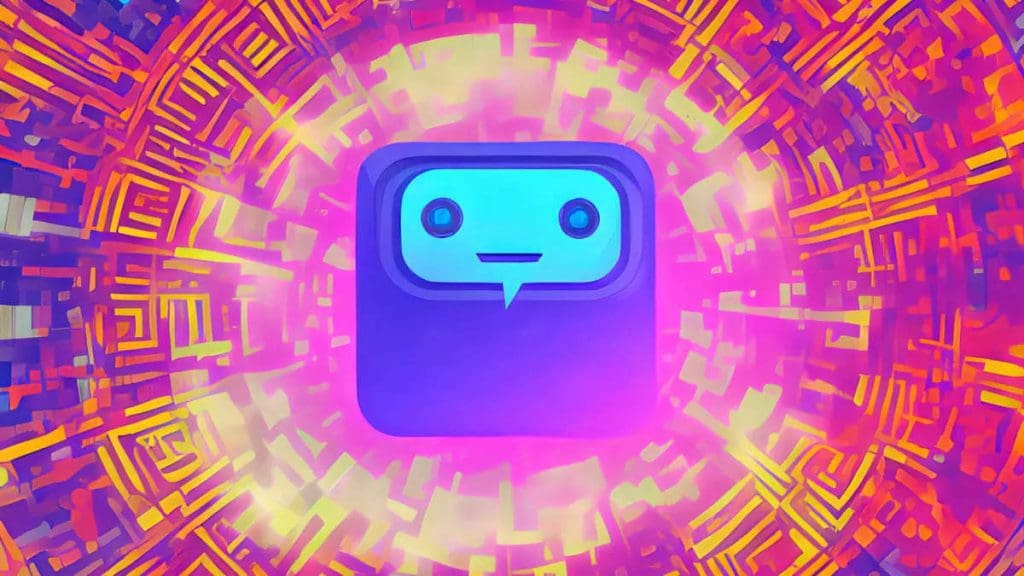While numerous films have attempted to foretell the future by depicting a world in which robots predominate, the advent of Artificial intelligence — and, more specifically, generative AI — has brought us one step closer to actually being able to predict that future.
Generative AI has been the talk of the town in recent months in Silicon valley. Generative Artificial intelligence (Generative AI) is an AI system that can generate new content rather than analyze or act on existing data, and OpenAI is at the heart of it. In the last few weeks, we’ve heard more about OpenAI and their new product ChatGPT.
Together, Sam Altman and Elon Musk established OpenAI in 2015. Musk resigned in February 2018 to devote more time to Tesla, but he continues to invest in and advise the company. The team’s mission is to improve artificial intelligence for the greater good of society.
OpenAI is a company that does research in the fields of artificial intelligence and machine learning. This organisation is no longer a non-profit but has a limited profit structure.
Before we talk about ChatGPT, it’s important to note that it isn’t the first attempt at an AI Chatbot; in 2016, Microsoft released Tay, but it was quickly shut down after people began using it to spread racist and sexist jokes and comments on Twitter.
Meta had previously released blenderbot 3, however, it shut down for the same reason and for supplying misleading information.
More than a million people have joined the ChatGPT community, which is insane considering how popular Twitter trends can be. Launched on 30th November 2022, but what is ChatGPT? What does it do? and how does this revolutionary technology work? Many questions are running into your head about this new technological innovation. Don’t worry! We have got you covered here.
A Generative pretend transformer (GPT) is an AI model developed by OpenAI. ChatGPT is a revolutionary language model that has the ability to generate human-like text based on a given prompt. Imagine ChatGPT as a personal writing assistant that can understand your writing style and complete your sentences for you. ChatGPT is a chatbot that uses the GPT 3.5 language model. It’s OpenAI’s third revision of their generative pre-training concept on a massive dataset of text, allowing it to understand and generate text on a wide range of topics, from technical manuals to fiction novels.
With this impressive set of skills, it’s no surprise that ChatGPT is being put to use in a variety of industries.
From Customer Service to Language Translation: The Versatility of ChatGPT’s Use Cases
ChatGPT is being used in a variety of industries, including natural language processing, chatbots, and language translation. For example, companies are using it to create more human-like interactions with customers through chatbots, making the experience of talking to a machine feel like talking to a real person.
Imagine having a conversation with a chatbot that can understand your emotions and respond accordingly, or even crack a joke to lighten the mood. Companies are also using ChatGPT to improve their customer service, by providing instant and accurate answers to customer queries.
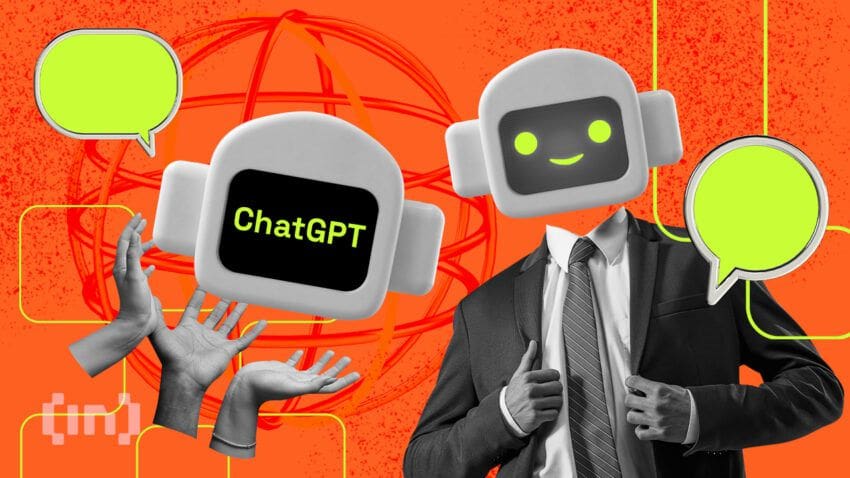
In the field of language translation, ChatGPT is being used to automate the process of translating documents, making it faster and more accurate. Imagine being able to read a book in a foreign language with the help of ChatGPT, it can translate the text in real-time, making it easy to understand. Researchers are also using ChatGPT for language understanding tasks such as question answering and text summarization, allowing them to easily find relevant information in a vast amount of text. Imagine being able to easily find answers to complex questions in a sea of information, with the help of ChatGPT.
These are just a few examples of how ChatGPT is being used to improve our daily lives and make our interactions with technology more natural and seamless.
From Start-ups to Tech Titans: How ChatGPT is Winning Over Businesses
ChatGPT is rapidly gaining popularity as a powerful tool for generating human-like text. It’s like the “Swiss Army Knife” of natural language processing, able to tackle a wide range of tasks with ease.
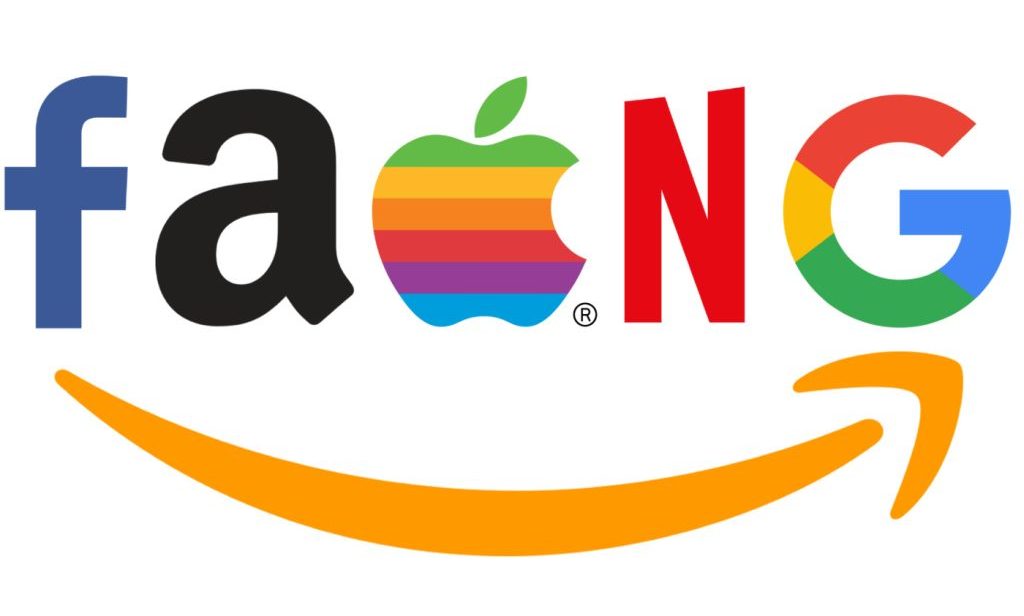
Many companies, from small start-ups to tech giants, are turning to ChatGPT to improve their natural language processing capabilities. For instance, OpenAI’s GPT-3, a more advanced version of ChatGPT, is being used by companies such as Microsoft, IBM, and Google to power their language AI services, making their products even more efficient and user-friendly.
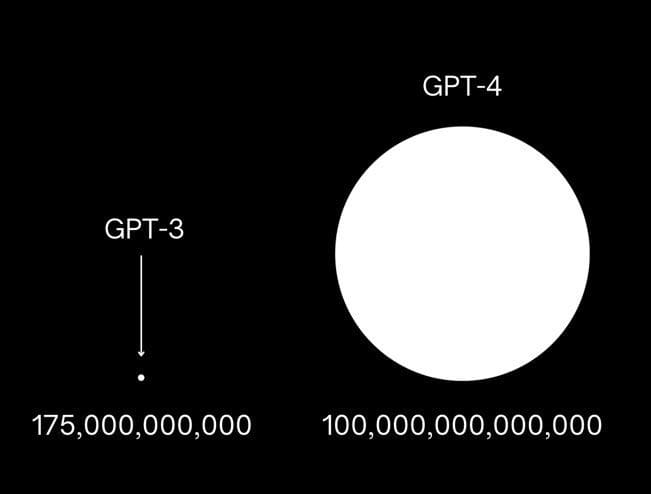
The model has 175 billion parameters, making it one of the largest pre-trained models and allowing it to generate more accurate and coherent text. Its ability to understand and generate text in multiple languages makes it a versatile tool for companies with a global reach. Additionally, the model can fine-tune with a small amount of data, making it suitable for small and medium businesses too. The adoption rate of ChatGPT is increasing at a rapid pace, and it’s likely that we will see even more companies incorporating it into their operations in the near future.
The Disruptive Power of ChatGPT: How it’s Changing the Landscape for Businesses
ChatGPT’s potential to disrupt traditional industries is giving competition to legacy companies. The technology is so advanced that it has the capability to automate tasks that were previously done by humans.

This has led to concerns about job displacement and the implications for industries such as content creation, translation, and customer service. However, it’s important to note that ChatGPT is not meant to replace human jobs, but rather, to assist and augment them, making the tasks more efficient and accurate.
– One example of ChatGPT’s disruptive power can be seen in the field of content creation. With the ability to generate human-like text, ChatGPT can assist in the creation of news articles, blog posts, and even entire books. This has the potential to change the way content is created and distributed, with the potential for faster and more accurate news articles and more efficient content creation for businesses.
– Another example is in the field of customer service, chatbot powered by ChatGPT can understand customers’ queries and respond in a human-like way providing a better customer experience. This is already happening, companies are using ChatGPT-powered chatbots to improve customer interactions and automate customer service tasks, leading to faster response times and more accurate responses.
– In the field of language translation, ChatGPT is being used to automate the process of translating documents, making it faster and more accurate. This has the potential to disrupt the traditional translation industry, with the potential for faster turnaround times and more accurate translations for businesses.
Companies and people that fail to adapt to this new technology risk being left behind. Those that embrace ChatGPT and find ways to integrate it into their operations will be better positioned to compete in the future.
Exploring the Limitless Possibilities: Future Developments of ChatGPT
As we continue to push the boundaries of what’s possible with language technology, ChatGPT is leading the way. With its ability to generate human-like text and understand natural language, ChatGPT has the potential to revolutionize the way we interact with computers. And the future of ChatGPT is even more exciting.
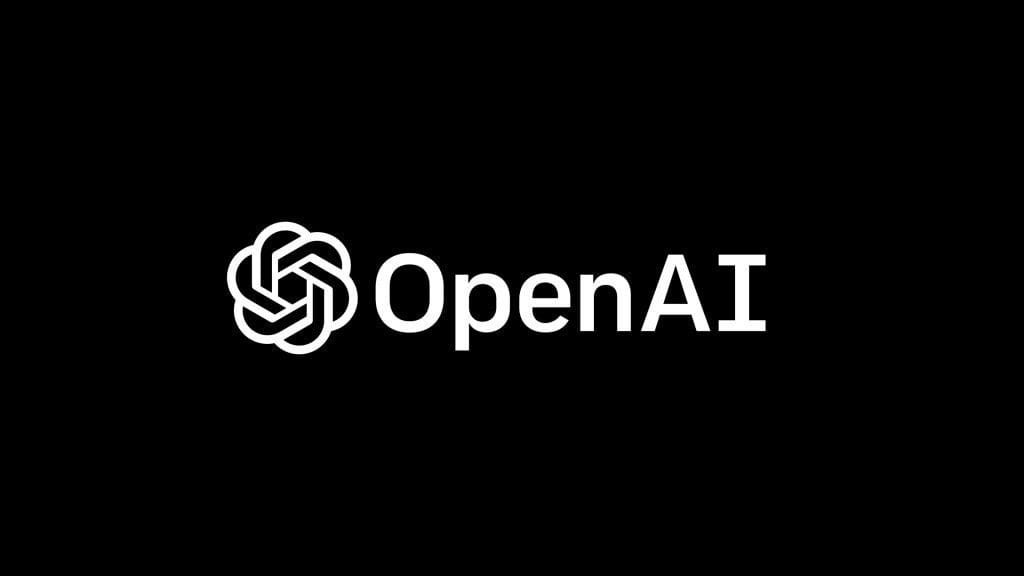
OpenAI is currently working on developing more advanced versions of the model, such as GPT-4, which will have even greater capabilities. Imagine being able to have a conversation with a computer that is so human-like, you can hardly tell the difference. Or imagine a chatbot that can understand and respond to your emotions, making the experience even more personalized.
Additionally, the company is exploring ways to make the model more accessible to developers and researchers, making it easier for them to integrate it into their own projects. With the integration of ChatGPT, we can expect to see more sophisticated and natural human-computer interactions in industries such as healthcare, finance, and customer service.
Imagine a financial advisor that can understand and respond to your queries with natural language, or a healthcare chatbot that can diagnose your symptoms and give you personalized treatment options based on your medical history.
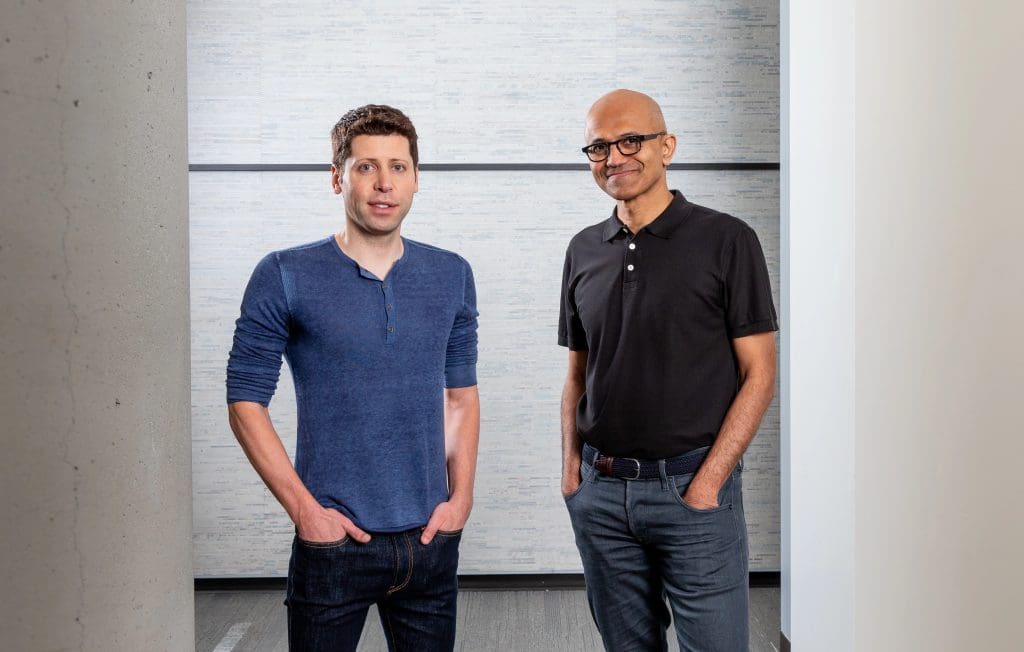
The future of ChatGPT is bright. A powerful tool, capable of understanding and generating human-like text. A technology that can change the way we interact with computers. A language model that can revolutionize industries.
The possibilities are endless. The future is now. And ChatGPT leads the way.


